The search for the causative agent of colony collapse—the mass die off of honey bees throughout the US and Europe—has escalated with increasing confusion lately. Everything from pesticides and stress to viruses and mites have been implicated, and some researchers think that many of these environmental factors work together to take down hives.
The value of honey bees as commercial pollinators in the US has been estimated to be about $15 billion annually—and they do almost 80% of all crop pollination. The number of honey bees in the US has dropped to about 2.5 million from more than 4 million in the 1970s. Some of those losses have been attributed to the bee killers mentioned above and some have been due to colony collapse.
Colony collapse disorder happens when most of worker bees in a colony disappear and leave behind a queen, food for the remaining bees, and a few nurse bees to care for the immature bees and the queen. The colony will eventually die out because there are no worker bees to maintain the hive and feed the developing eggs and pupae. It's also been used to describe mass die-offs of bees in other ways, including viral and parasitic infections.
A world without honey bees will have devastating effects on the world's food supply. Jon Hoekstra, previously Chief Scientist at the World Wildlife Federation, tells us that we have bees to thank for the cotton in our clothing, the coffee we drink, and even for pollinating the agave plants that give us tequila.
And now, one more agent has been implicated as a threat to honey bees. It's not one of the known killers of honey bees—viruses, mites, or pesticides. Of all things, it's a pesticide additive previously thought to be safe.
Beware the Black Queen
The findings, from Christopher Mullin, Julia Fine, and Diane Cox-Foster in the Department of Entomology at Penn State, were published in Scientific Reports . The report suggested that an additive used to make pesticides more effective makes honey bee larvae significantly more susceptible to a deadly virus—the black queen cell virus (BQCV).
Black queen cell virus affects only the pupae of a newly developing queen bee. The main role of the queen bee is to lay eggs to provide a constant supply of new colony members. When the black queen cell virus kills the queen, the hive is at risk of collapse.
Over 1.5 million honey bees are used every year to pollinate almond crops in California. Mullin and his team keyed in on 2014-2015 reports from California beekeepers who observed the death and ejection from the hive of underdeveloped pupae. They hypothesized that the bees were exposed to something when they were used to pollinate the almond orchards. Based on previous work by other researchers, they focused in on an additive commonly used in pesticides in almond orchards.
The research team focused their work on the additive organosilicone, an additive marketed as Sylgard 309. Organosilicones are adjuvant that enhances the action of other agents. In this case, organosilicone enhances the effects of pesticides and makes them more toxic to pests. Pesticide adjuvants are not registered or regulated by the Environmental Protection Agency (EPA), but they are sometimes regulated by individual states.
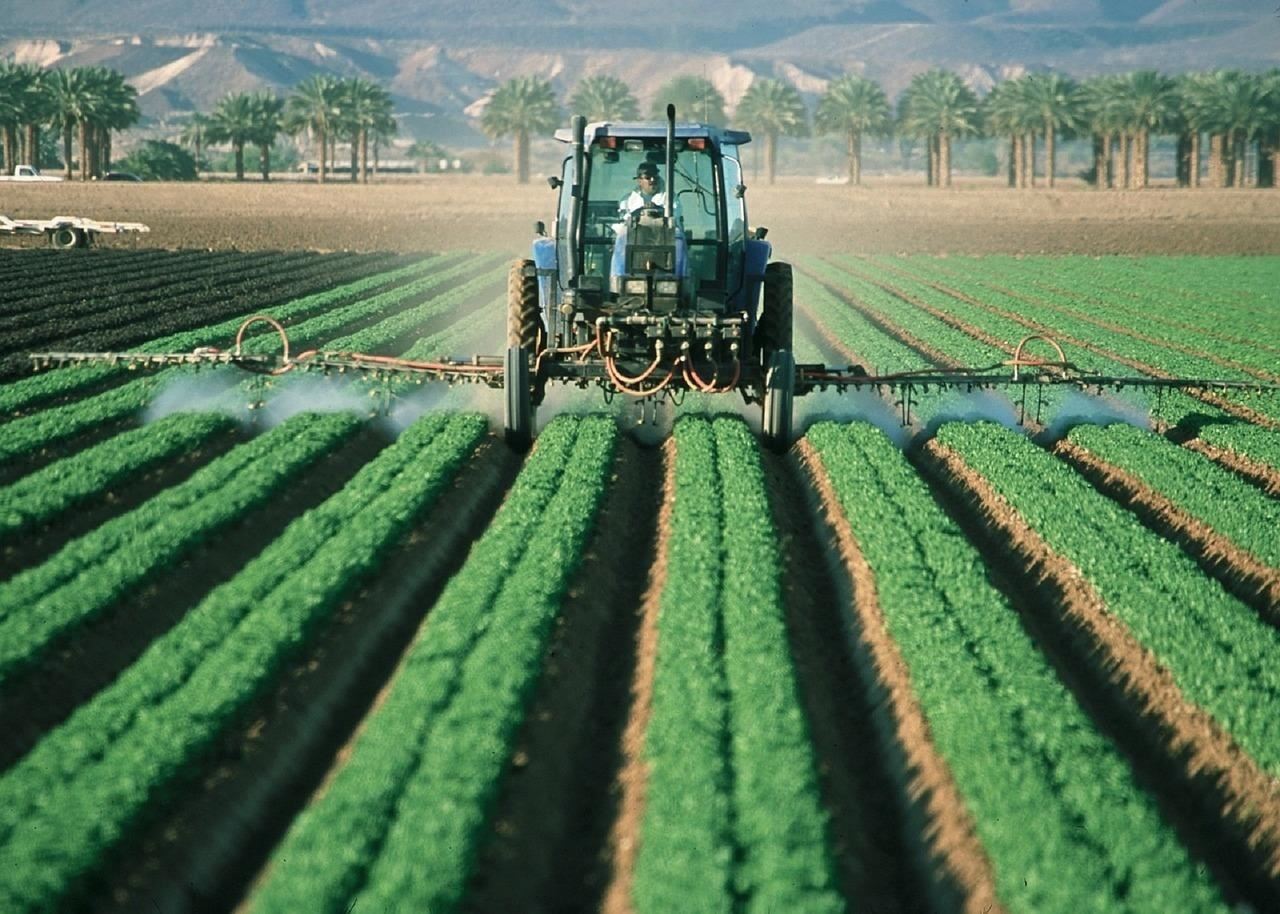
Organosilicone additives are used in pesticides on wine grapes and tree fruits, but the largest application by far is on almond trees.
To study how this adjuvant changes bees, the researchers exposed honey bee larvae to a low amount of Sylgard 309 in their diets during the early phases of larval development (some larvae were left unexposed). In collaboration with industry experts, the researchers chose an amount of Sylgard 309 comparable to the real-life field exposure a larvae would see in the hive.
Some of the exposed larvae were given a diet containing four viruses known to infect honey bee hives: Israeli acute paralysis virus (IAPV), black queen cell virus (BQCV), deformed wing virus (DWV), and sacbrood virus (SBV). The amount of and type of viruses infecting the pupae were measured.

"We found that bees exposed to the organosilicone adjuvant had higher levels of Black Queen Cell Virus," study researcher Fine, a graduate student at Penn State, said in a press release.
Not only that, when they were exposed to the virus and the organosilicone adjuvant simultaneously, the effect on their mortality was synergistic rather than additive, meaning that the mortality was higher from the simultaneous application of adjuvant and virus than from exposure to either the organosilicone adjuvant or the viral pathogen alone, even if those two mortalities were added together. This suggests that the adjuvant is enhancing the damaging effects of the virus.
The study authors hypothesized that the organosilicone may have helped the virus to replicate. In the future, the researchers want to study how much residual organosilicone is in the environment after use, as well as test other unregulated adjuvants.
Pollination Versus Pests
While pesticides and other additives can harm pollinators, their contribution to the world food supply is undeniable. In India, the production of food grain increased from 50 million tons in 1948-1949 to nearly 200 million tons in 1996-1997—an increase partly attributed to the use of agriculture chemicals.
Crops lost to insects and other pests, like rodents, affects all of us. The price goes up when crops fail, and we are faced with scarcity of food supplies. Pesticides and insecticides are an important part of crop production, and these agents are regulated by the EPA in an effort to balance effectiveness with risk to humans and the environment, including honey bees. But, without pollinators like honeybees, crop prices would also rise, since output would be drastically decreased.
The EPA has taken action to protect pollinators. Besides regulating pesticide, they are reviewing the use of certain pesticides and mite control products. A new policy in 2017 will protect bees from agricultural pesticide dusting and spraying while the bees are providing commercial pollination services.
The future of honey bees and everything they provide for us depends on more than just what the EPA is doing. Continued research into causes of honey bee infections, colony collapse, and actions to control those causes are vital to the future of our food supply. Unless we solve these problems, we'll have to kiss our almonds (and many other foods) goodbye.
Just updated your iPhone? You'll find new emoji, enhanced security, podcast transcripts, Apple Cash virtual numbers, and other useful features. There are even new additions hidden within Safari. Find out what's new and changed on your iPhone with the iOS 17.4 update.
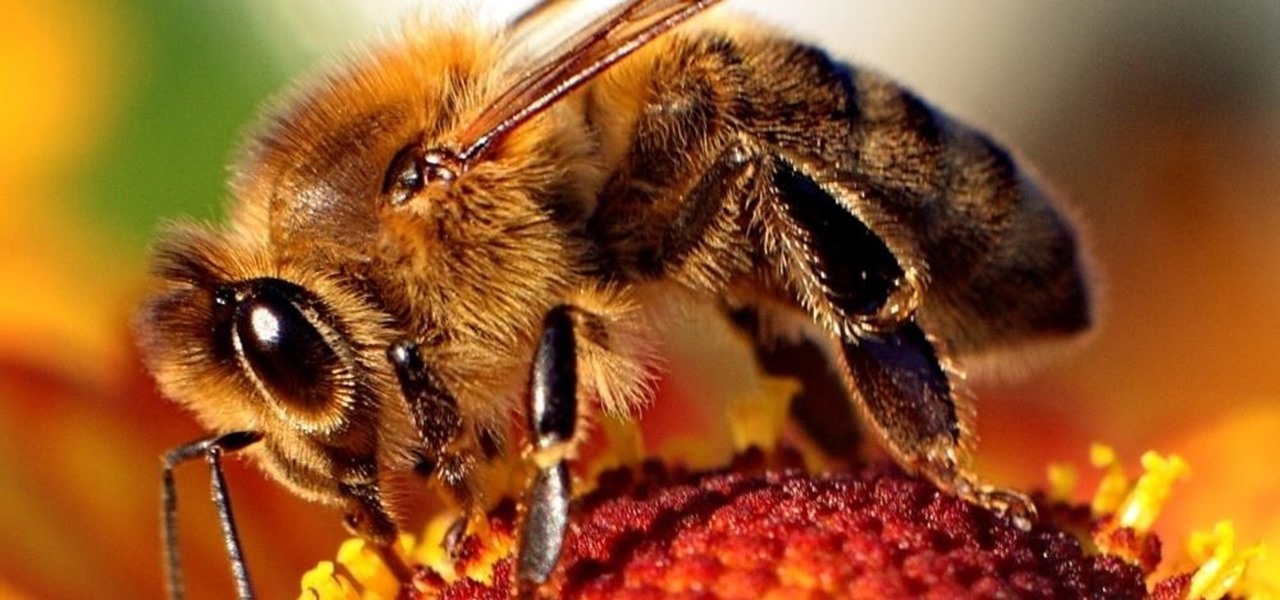






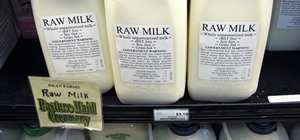
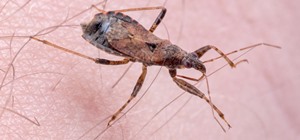
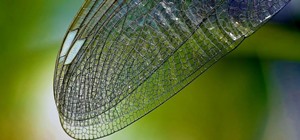














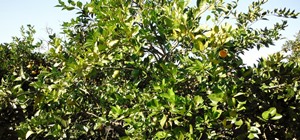
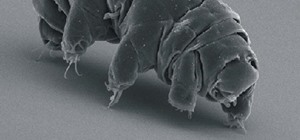

Be the First to Comment
Share Your Thoughts